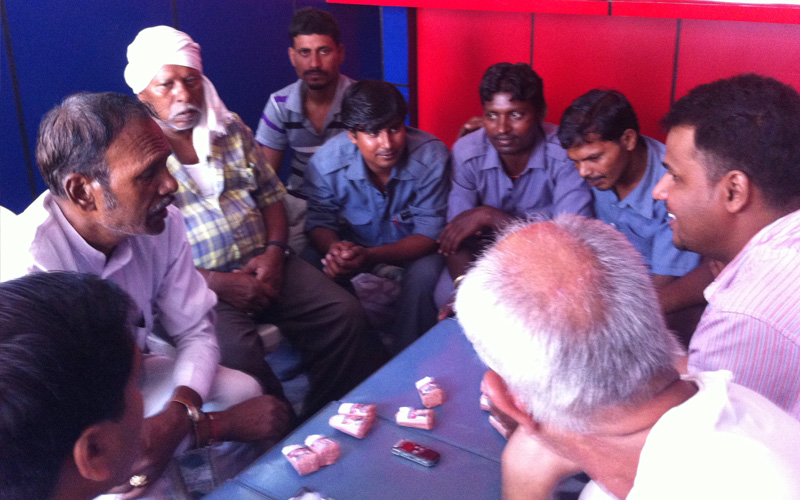
The Global Tobacco Survey
(GATS) 2016-17 for India showed encouraging results. Not only did fewer
youngsters seem to find smoking cool, but the prevalence of tobacco use among
them had reduced from 18.4% in 2009-10 to 12.4% in 2016-17. Several important
initiatives contributed to the reduction in tobacco consumption. An important
one is the 85% graphic health warning on tobacco products. Some of other reasons include smoke-free
rules, gutka ban, higher taxes.
In 2014, the Ministry of
Health & Family Welfare, Government of India (GoI) increased the size of
pictorial health warnings on tobacco products to 85%. The decision was based on
a WHO India research study conducted by CCC-I. The study involved pre-testing
of six prototypes of pictorial health warnings to assess their effectiveness.
Similarly in early 2020, the
GoI planned to replace the current health warnings with a new set of warnings.
WHO India office again commissioned CCC-I to qualitatively assess the
effectiveness of pictorial health warnings, text messages and background colour
of cigarette, bidi and smokeless tobacco packs on different target groups
(users and non-users) based on a set of identified attributes and parameters.
The findings of the study were well accepted by WHO India and MoHFW.
In 2024, CCC-I successfully conducted the fifth round of this pre-test, continuing to provide valuable data that shapes the future of tobacco control measures.